Okjeong (옥정)
137.8M 2021-03-19
18, Insadong, 12-gil, Jongro-gu, Seoul
+82-2-733-5412
A traditional Korean restaurant serving hanjeongsik (Korean table d'hôte) for 30 years now. The representative menu is Korean table d''hote. This is a Korean cuisine located in Insa-dong, Seoul.
853 (팔오삼)
144.4M 2024-03-15
16 Insadong 12-gil, Jongno-gu, Seoul
+82-70-8832-0853
853 is a pork barbecue restaurant located in a renovated hanokin Insa-dong, offering various cuts of pork such as shoulder, belly, blade-end fatback, and pork neck. They use thick cuts of domestically sourced pork and grill them to perfection, ensuring they are juicy and flavorful. Customers can enjoy dipping their meat in one of four sauces: Himalayan rock salt, mustard seeds and wasabi, salted cutlassfish intestines, and barley mixed paste. Their flying fish roe riceball mixed with pickled radish salad, burdock root, flying fish roe, perilla leaves, and mayonnaise pairs perfectly with the meat.
Vegetarian Restaurant Osegyehyang (채식요리전문점 오세계향)
152.3M 2024-03-18
14-5 Insadong 12-gil, Jongno-gu, Seoul
+82-2-735-7171
Osegyehyang is a vegetarian restaurant located in Insa-dong. It specializes in vegetarian cuisine, offering a variety of dishes including noodles, traditional Korean dishes, and specialty items. Some of its popular dishes include maesil tangsuchae (vegan deep-fried pork with sweet and sour sauce), pyogobeoseotmari (rolled shiitake mushrooms), vegan yangnyeom chicken (vegan seasoned fried chicken), tteokbokki, jjajangmyeon (black bean sauce noodles), jjamppong (spicy seafood noodle soup), vegan steak, and bulgui ttukbaegi (vegan bulgogi), all prepared without meat but still delicious.
Museum Kimchikan (뮤지엄 김치간)
156.0M 2025-06-19
(4-6th floor, Maru Art Center), 35-4 Insadong-gil, Jongno-gu, Seoul
Museum Kimchikan is a museum dedicated to kimchi in Insa-dong’s Maru Art Center. The exhibition details the culture, history, trajectory, and efficacy of kimchi and teaches the visitors how to make kimchi through videos. Visitors can also sample different types of kimchi. The museum offers both individual and group experience programs.
Nuri (누리)
160.1M 2019-11-26
23, Insadong 14-gil, Jongno-gu, Seoul
+82-2-736-7848
Located in the neighborhood of Insa-dong, traditional Korean lunch box and tea restaurant Nuri brings out the true beauty of hanok while implementing western dining culture with tables and chairs.
Nuri uses the finest grains directly from agricultural regions throughout the country, offering nutritious rice along with mildly seasoned side dish menus, taking advantage of the ingredients' natural flavors. Nuri uses its effective take-out and delivery system to cater to businesses and events.
Neulmajung (늘마중)
162.0M 2024-01-12
11-5 Insadong 10-gil, Jongno-gu, Seoul
Makgeolli is a traditional liquor made from rice or wheat as a main ingredient and with yeast and various other ingredients. Its uniqueness lies in the main ingredient or yeast used, thus a variety of makgeolli made with local specialties can be found throughout Korea. Neulmajung is a pub restaurant that serves 34 types of makgeolli from all over the country, as well as many foods that go well with them. In addition, its soft wooden interior creates a comfortable atmosphere. Its representative dish is haemul pajeon (seafood and green onion pancake), made with plenty of ingredients. They also serve crispy pan-fried gamja jeon (potato pancake) and memil jeonbyeong (buckwheat crepe), rich in both flavor and taste as it is made with buckwheat from Bongpyeong, Gangwon-do, all of which are a perfect paring to makgeolli.
Nwijo (뉘조)
163.0M 2024-03-06
27 Insadong 14-gil, Jongno-gu, Seoul
+82-2-730-9311
Nwijo is a Korean table d'hote restaurant located in Insa-dong where you can enjoy course meals made from hundreds of wild herbs. Starting with pumpkin porridge and water kimchi, basic dishes such as wild herb salads, pancakes, kimchi with boiled pork slices, and mixed roots are served along with set menu and wild herb enzymes as a standard part of the meal.
Matthew Chang Anguk (메튜장 안국)
165.0M 2025-07-14
33 Yulgok-ro, Jongno-gu, Seoul
Matthew Chang Anguk flagship store uses the whole space to bring the brand's philosophy to life through fragrance. Located in Anguk, the heart of Korea's tradition and aesthetics, the store's tranquil atmosphere sets the mood for visitors to try on and experiment with the brand's carefully selected perfume collection. The staff provides assistance in recommending the perfect scent according to visitor's preference, mood, and nostalgia. The store also has a section dedicated to body care products, such as hand wash and body lotion.
Jogyesa Temple (조계사(서울))
167.8M 2024-10-25
55 Ujeongguk-ro, Jongno-gu, Seoul
As the main temple as well as the district head temple of the Jogye order in Seoul, Jogyesa Temple is the center of Korean Buddhism. The temple was built in the late 14th century during the Goryeo period but was completely destroyed in a fire. It was rebuilt under the name of Gakwangsa Temple in 1910 with the effort of many respectful monks, namely Han Yong-un and Lee Hee-gwang. The temple was given a role as the head temple of Korea’s Buddhism and renamed to Tegosa Temple in 1936. In 1954, a purification drive took place to eliminate Japanese influence and revive traditional Buddhism, which established the present day Jogyesa Temple as a result.
Jogyesa Temple plays an important role in Korean Buddhism as the head temple of the Jogye order. Jogyesa Temple’s Dharma Hall serves as the main venue for several Buddhist events, holding rituals, lectures, ceremonies, and other events all year long. The annual lantern festival in celebration of Buddha's birthday also takes place at this temple.
Gaeseong Mandu Koong (개성만두 궁)
170.5M 2023-05-24
11-3, Insadong 10-gil, Jongno-gu, Seoul
+82-2-733-9240
Gaeseong Mandu Koong has served Gaeseong-style mandu (dumplings) for more than 30 years. The elderly proprietor, who fled south during the Korean War runs this restaurant with the help of her granddaughters. Characterized by its delicate taste, Gaeseong mandu stuffing consists of pork and various vegetables such as cabbage and pumpkin. This restaurant's mandu is so popular that it sometimes gets sold out even before evening. Typical menu includes mandu jeongol (hot pot) and mandu guk (soup). The hot pot is made of various ingredients including mandu, rice cakes, mushrooms, and meat, and serves two to three persons. For several persons, it's recommended to eat bossam (boiled meat slices wrapped in lettuce leaves or kimchi) and Korean-style pancakes.
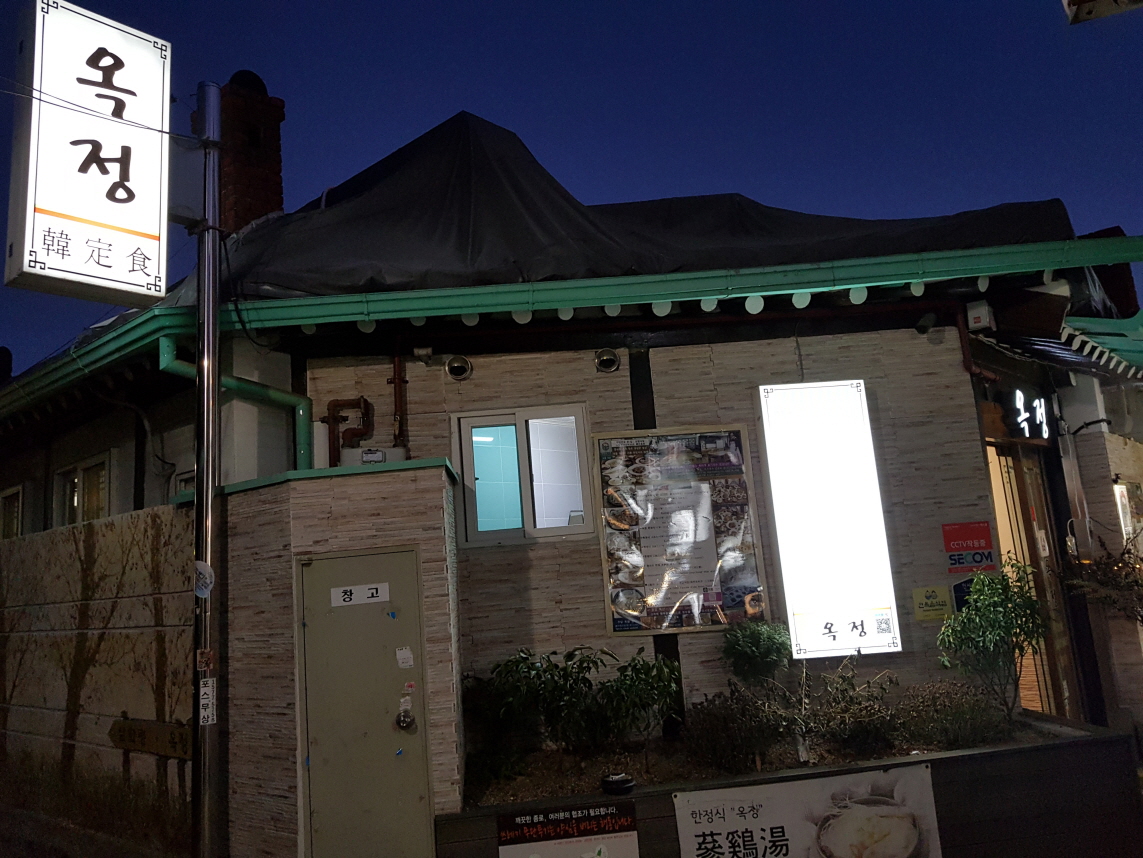
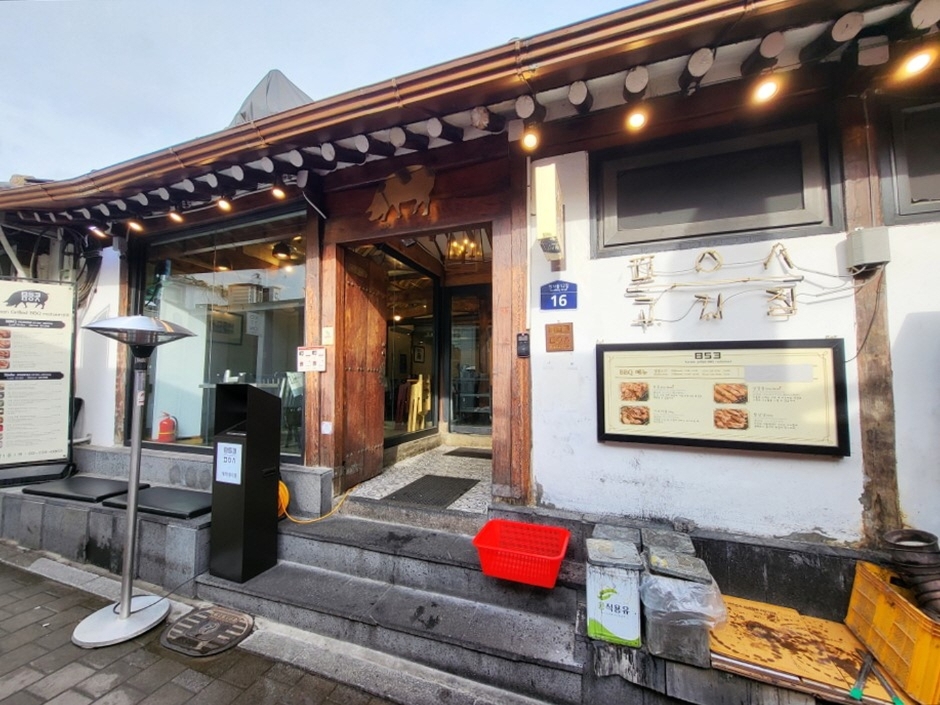

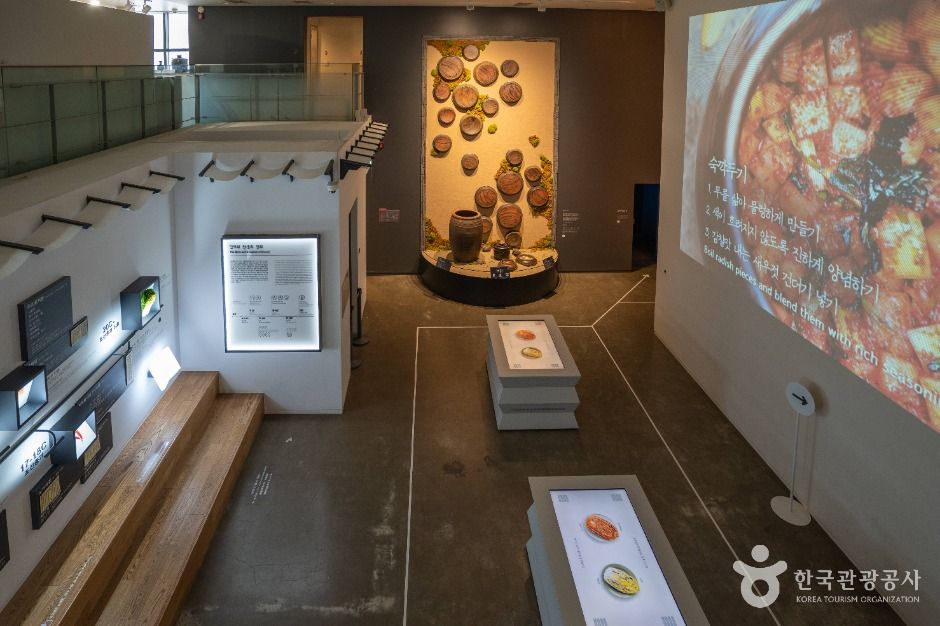
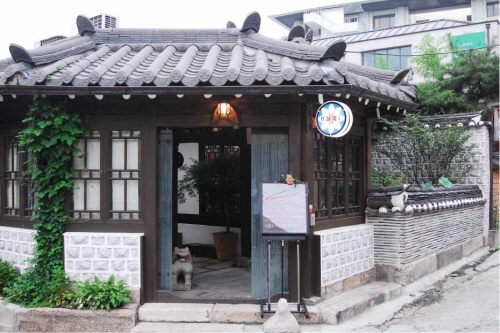
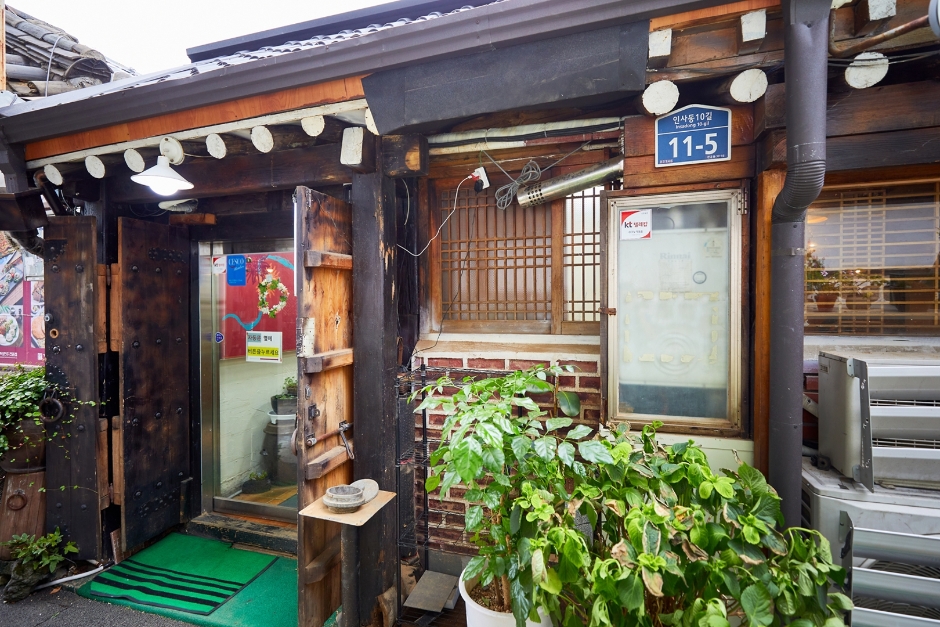
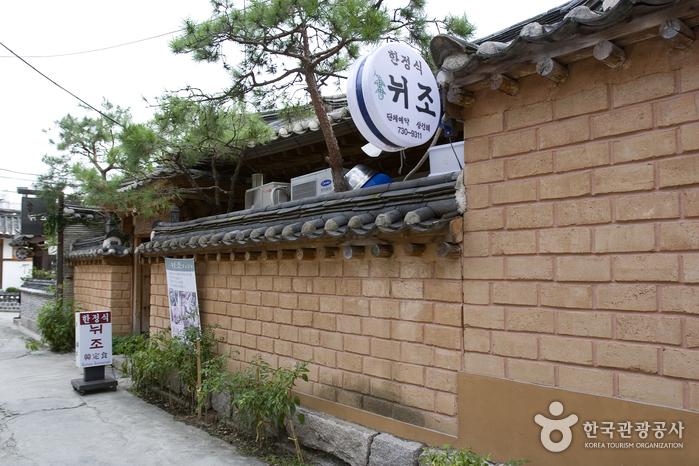
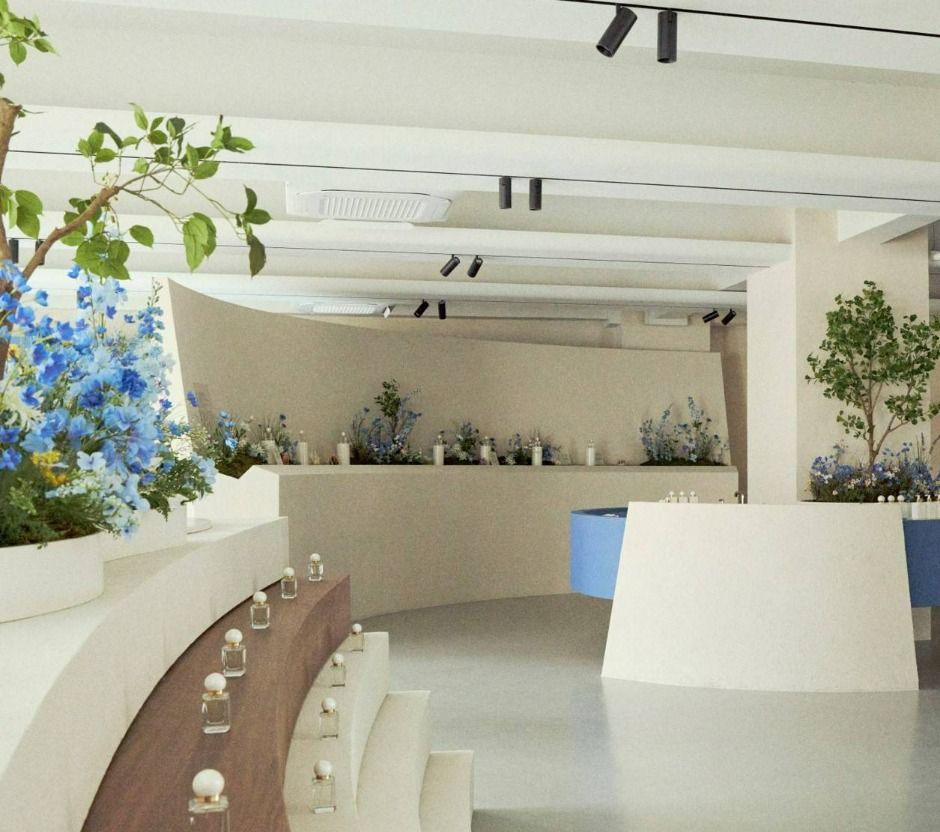
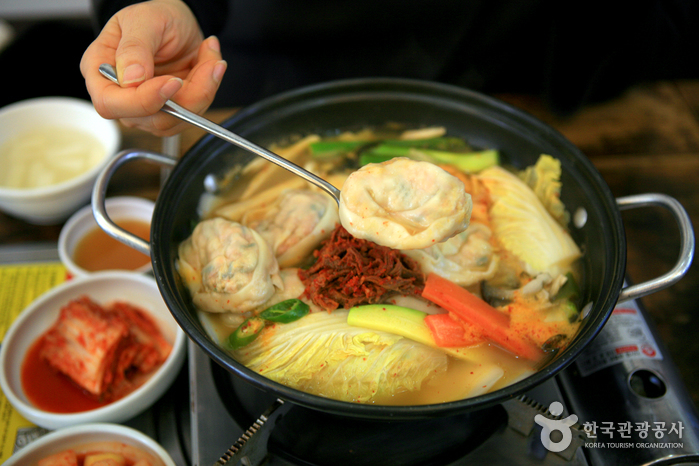
 English
English
 한국어
한국어 日本語
日本語 中文(简体)
中文(简体) Deutsch
Deutsch Français
Français Español
Español Русский
Русский